Latest News
 Athol Police Logs: March 27 to April 10, 2024
Athol Police Logs: March 27 to April 10, 2024
 Sportsman’s Corner: Turkey time
Sportsman’s Corner: Turkey time
 New fed rules may force Mass. action on PFAS
New fed rules may force Mass. action on PFAS
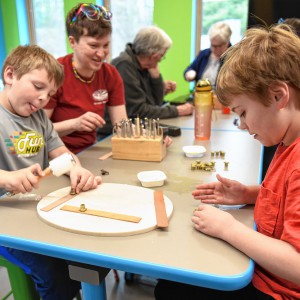 PHOTO: Learning leather
PHOTO: Learning leather
 North Quabbin Notes, April 11
North Quabbin Notes, April 11
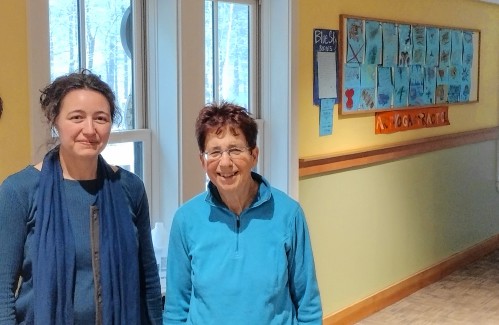
Director of Village School in Royalston steps down
ROYALSTON – Village School Director Rise Richardson, who has been there since the doors opened in 1989, has announced she has stepped down from the position.Richardson has been the school’s director since 1994, and said she had decided that it was...

Athol Salvation Army Corps joins Boston Marathon volunteers
ATHOL — Though they may not have been among the runners, the Salvation Army Athol Corps played an important role in the 128th Boston Marathon.The corps sent two vehicles — their mobile feeding unit, also known as a “canteen,” and a minivan — to help...
Most Read
 Ryan Zaveral, Shane MacDowell cross finish line first in River Rat Race
Ryan Zaveral, Shane MacDowell cross finish line first in River Rat Race
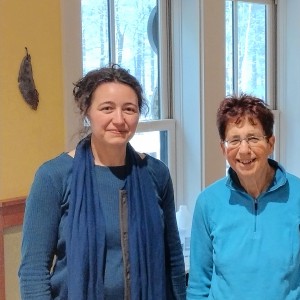 Director of Village School in Royalston steps down
Director of Village School in Royalston steps down
 Historical society presents history of Nichewaug
Historical society presents history of Nichewaug
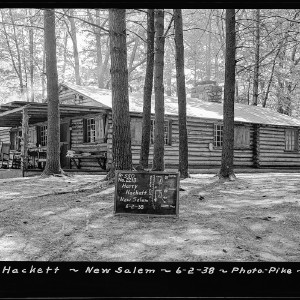 A Page from North Quabbin History: Quabbin Reservoir photo archives
A Page from North Quabbin History: Quabbin Reservoir photo archives
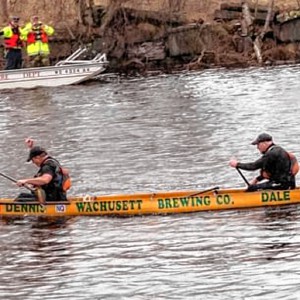 Dennis Carey marks 40 years participating in River Rat Race
Dennis Carey marks 40 years participating in River Rat Race
 Athol Police Logs: March 27 to April 10, 2024
Athol Police Logs: March 27 to April 10, 2024
Editors Picks
 School nurse resigns after Orange administrators discover lack of license
School nurse resigns after Orange administrators discover lack of license
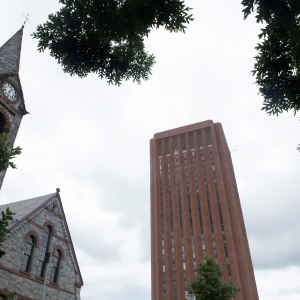 UMass trustees OK 2.5% tuition increase
UMass trustees OK 2.5% tuition increase
 Athol Town Manager says next fiscal year may be the ‘most challenging’ in the last decade
Athol Town Manager says next fiscal year may be the ‘most challenging’ in the last decade
 Heywood Healthcare cites progress made since bankruptcy filing
Heywood Healthcare cites progress made since bankruptcy filing
Sports

High schools: Mahar softball can’t stay with Northampton in 20-6 loss (PHOTOS)
The Mahar softball team is working hard to get its first win in a long time. The Senators — which are still searching for their first win post COVID — hosted Northampton on Monday, but the Blue Devils put runs up on the board in a hurry. Northampton...
 Baseball: Sam Connors, Mahar get past Smith Academy for win No. 2 (PHOTOS)
Baseball: Sam Connors, Mahar get past Smith Academy for win No. 2 (PHOTOS)
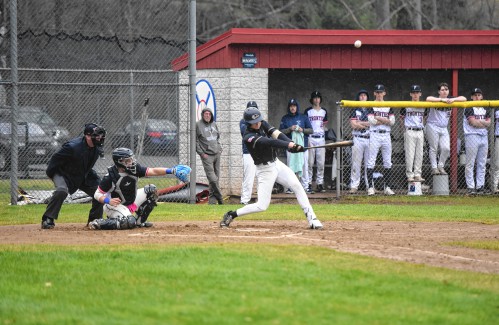 High schools: Big fifth inning powers Pioneer baseball past Greenfield
High schools: Big fifth inning powers Pioneer baseball past Greenfield
 Boys volleyball: Athol can’t stay with Holyoke in 3-0 loss (PHOTOS)
Boys volleyball: Athol can’t stay with Holyoke in 3-0 loss (PHOTOS)
Opinion
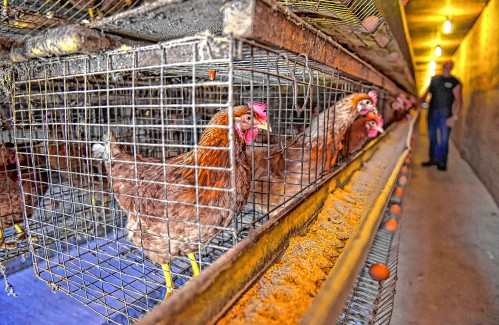
My Turn: The pecking order revolution: Massachusetts' fight for animal rights
Massachusetts residents care about the living conditions of egg-laying hens, veal calves, and pigs. In November 2016, voters passed Ballot Question 3, the Massachusetts Minimum Size Requirements for Farm Animal Containment. With a sweeping majority...
 My Turn: How to welcome a refugee family into your community
My Turn: How to welcome a refugee family into your community
 Brian Prescott: No road closure coordination
Brian Prescott: No road closure coordination
 David Kempf: Thankful for quiet on Trump
David Kempf: Thankful for quiet on Trump

Police Logs

Athol Police Logs: March 12 to March 19
ATHOL POLICE LOGSTuesday, March 126:45 p.m. - Male party into the lobby regarding a shop vac he lent to someone and they are refusing to give it back. Party was advised of his options. Attempted to contact involved party, negative contact, a voicemail...
 Athol Police Logs: Feb 19 to Feb. 27
Athol Police Logs: Feb 19 to Feb. 27
 Athol Police Log Feb. 4-18
Athol Police Log Feb. 4-18
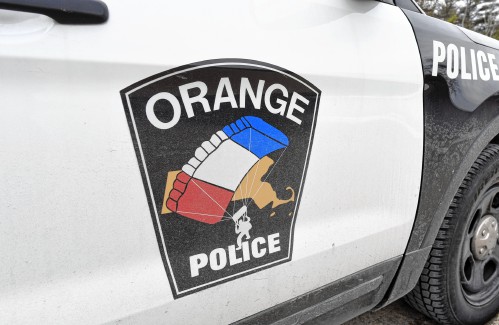 Orange Police Log 12/1-13
Orange Police Log 12/1-13
 Athol Police Log 11/8-26
Athol Police Log 11/8-26
Arts & Life

Spotlight on women in classical music: Brick Church Music Series’s season comes to a close, April 28-29, with Champlain Trio
Join the First Church of Deerfield for two days of classical music, as the Brick Church Music Series’ 2023-2024 season comes to a close on April 28 and 29.The two-part event begins on Sunday, April 28, at 3 p.m. at the First Church of Deerfield, 71...
Obituaries
 Chris N. Boyle
Chris N. Boyle
8/5/1956 - 4/11/2024 ORANGE, MA - Chris Boyle, beloved father and husband, passed away on April 11, 2024 at home. Chris led a life of unwavering dedication to his family, a steadfast co... remainder of obit for Chris N. Boyle
 Donn K. Clifford
Donn K. Clifford
PHILLIPSTON, MA - Donn K. Clifford, 74, of Barre Road, died on Wednesday, April 10, 2024 at Heywood Hospital in Gardner. Born in Gardner on August 15, 1949, he was the son of Robert Cliffo... remainder of obit for Donn K. Clifford
 Shirley Anne Bailey
Shirley Anne Bailey
PEPPERELL, MA - Shirley Anne Bailey, age 89, passed away quietly on Sunday, March 31, 2024, at Ayer Valley Nursing and Rehabilitation. She was a long-time resident of Pepperell, MA, and was... remainder of obit for Shirley Anne Bailey
 Claire A. Allen
Claire A. Allen
Claire A. (Noel) Allen ATHOL, MA - Claire A. (Noel) (Goupil) (Shute) Allen, 86, of Pinedale Avenue, died peacefully early Thursday morning, April 11, 2024 at the Rose Monahan Hospice House i... remainder of obit for Claire A. Allen

 Franklin County youth tapped to advise governor’s team
Franklin County youth tapped to advise governor’s team
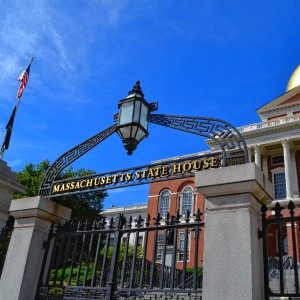 Equity, income concerns flagged in free college debate
Equity, income concerns flagged in free college debate
 Max Homa is among a group of Masters contenders who are vying for their first major title
Max Homa is among a group of Masters contenders who are vying for their first major title Columnist Daniel Cantor Yalowitz: Cultural humility means relinquishing ‘superiority’
Columnist Daniel Cantor Yalowitz: Cultural humility means relinquishing ‘superiority’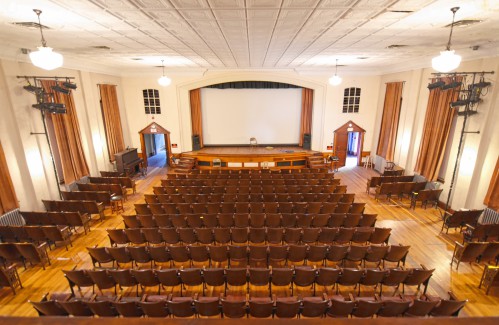 Ready for their close-up: Pothole Pictures announces a season of curated film screenings, live music and $1 popcorn
Ready for their close-up: Pothole Pictures announces a season of curated film screenings, live music and $1 popcorn You’re up next: Western Mass open mic scene heats up post-pandemic
You’re up next: Western Mass open mic scene heats up post-pandemic Sounds Local: Fun for the whole family: Meltdown, a book and music fest for kids, returns to Greenfield this Saturday
Sounds Local: Fun for the whole family: Meltdown, a book and music fest for kids, returns to Greenfield this Saturday A varied and appealing ‘American Table’: New book from the Smithsonian looks at American history through the lens of food
A varied and appealing ‘American Table’: New book from the Smithsonian looks at American history through the lens of food